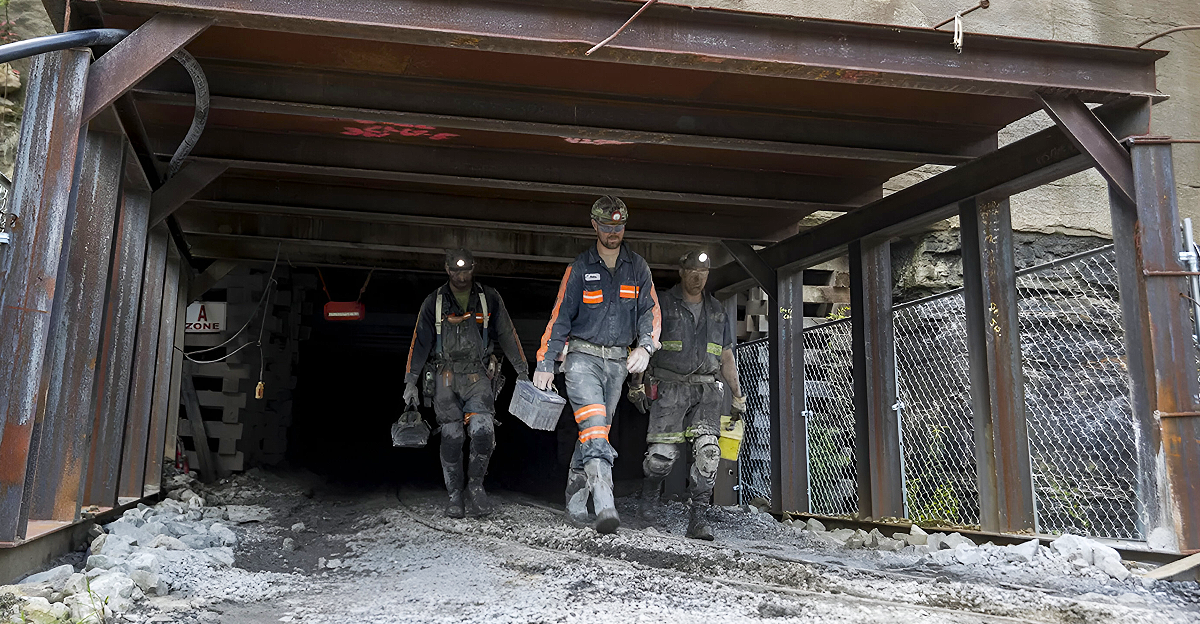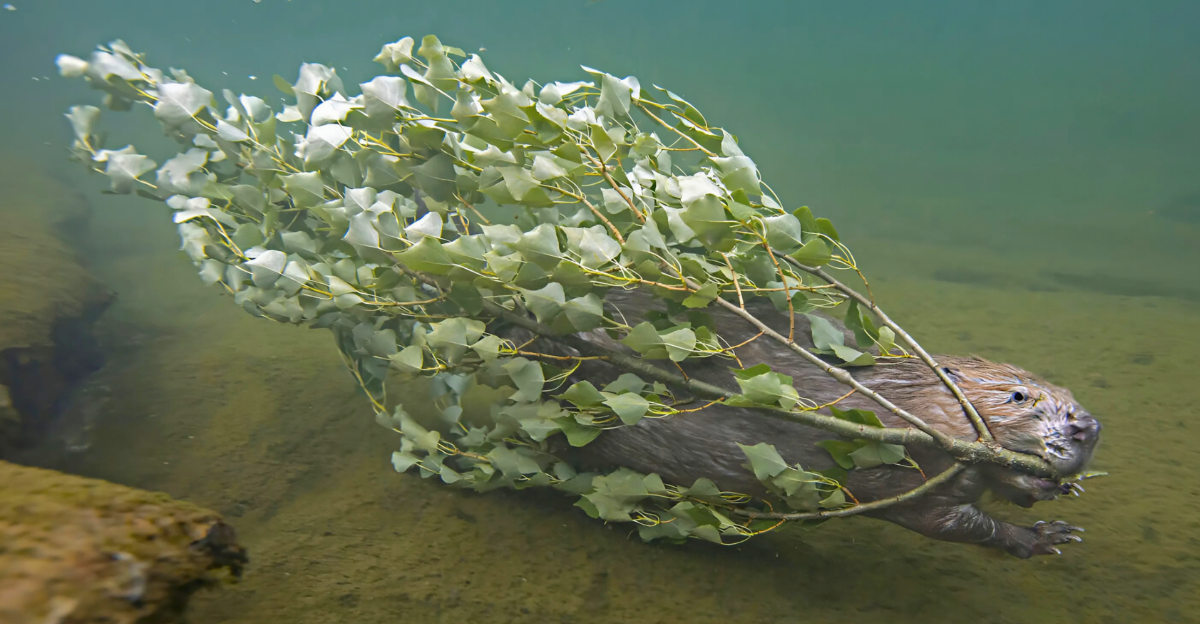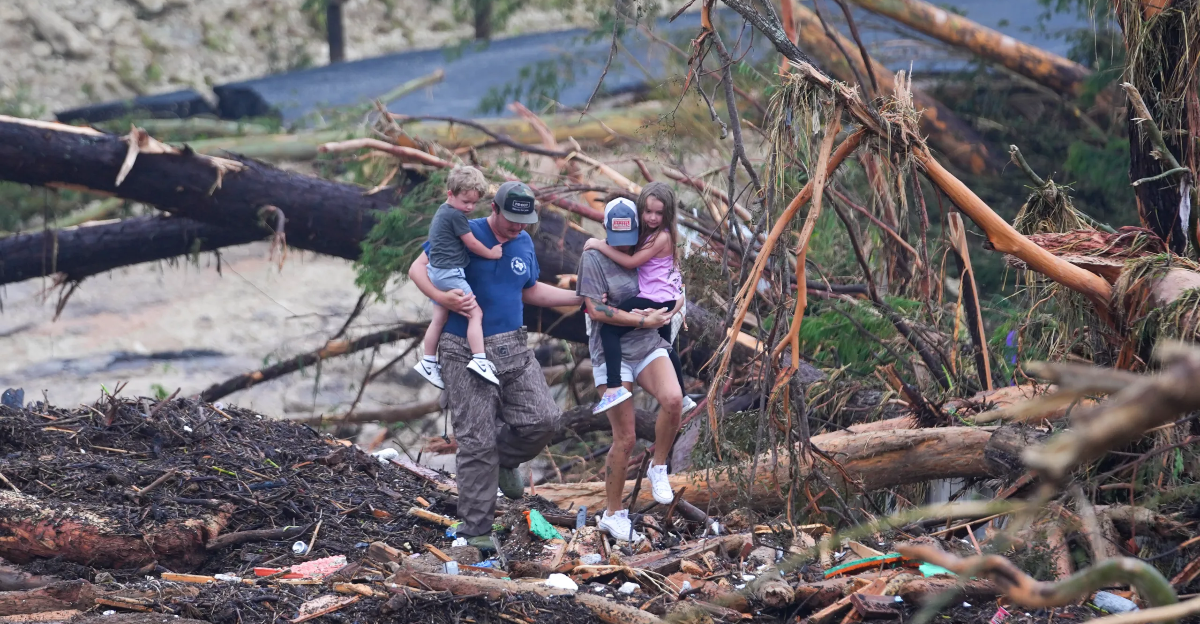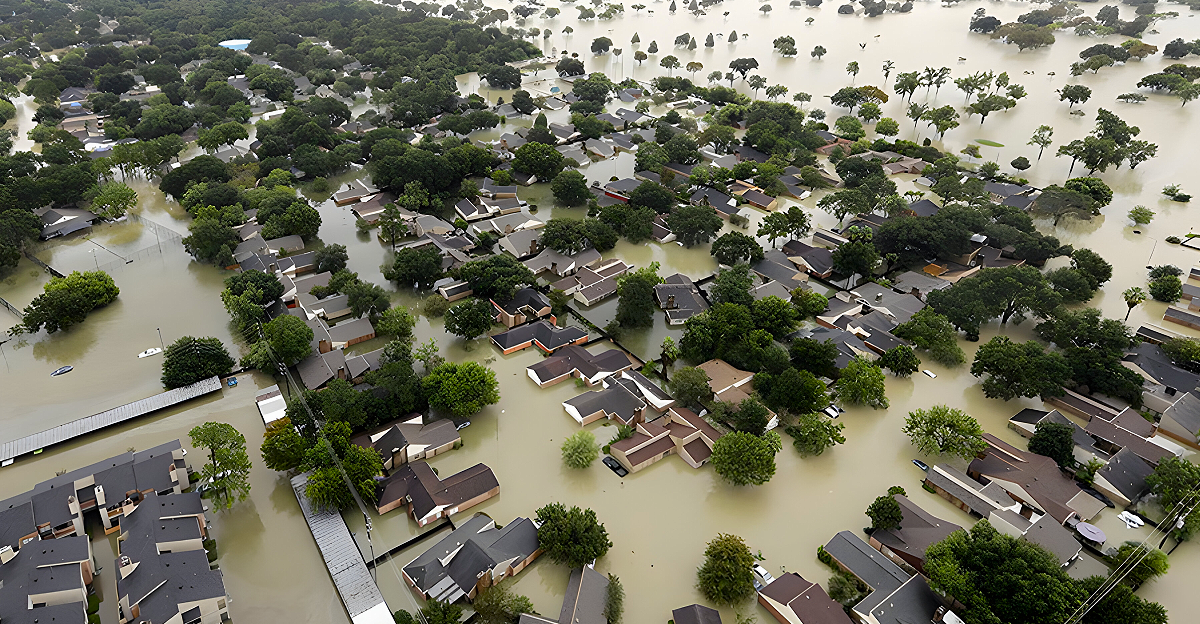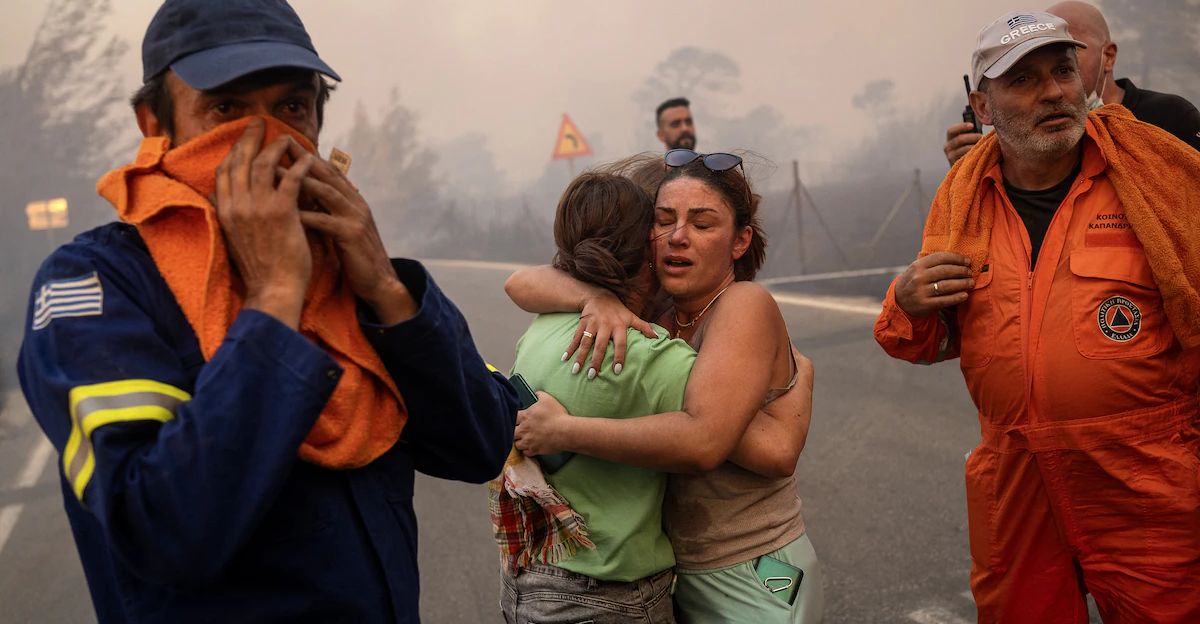
When you think of Greece, you picture white sands, blue waters and vibrant orange and pink sunsets. What you don’t picture is smoke, ash, panic, a raging fire and people fleeing their holiday reports in utter fear.
What started out as a distant plume on the horizon, soon transformed Crete into a burning inferno, throwing the popular vacation destination into chaos. As tourists and locals alike ran for their lives the wildfire’s flames engulfed natural landscapes, homes, and hotels.
This wasn’t just a fire—it was a natural disaster that saw mass evacuations, turning a happy holiday into a terrifying, hot nightmare.
The Spark That Lit the Fuse
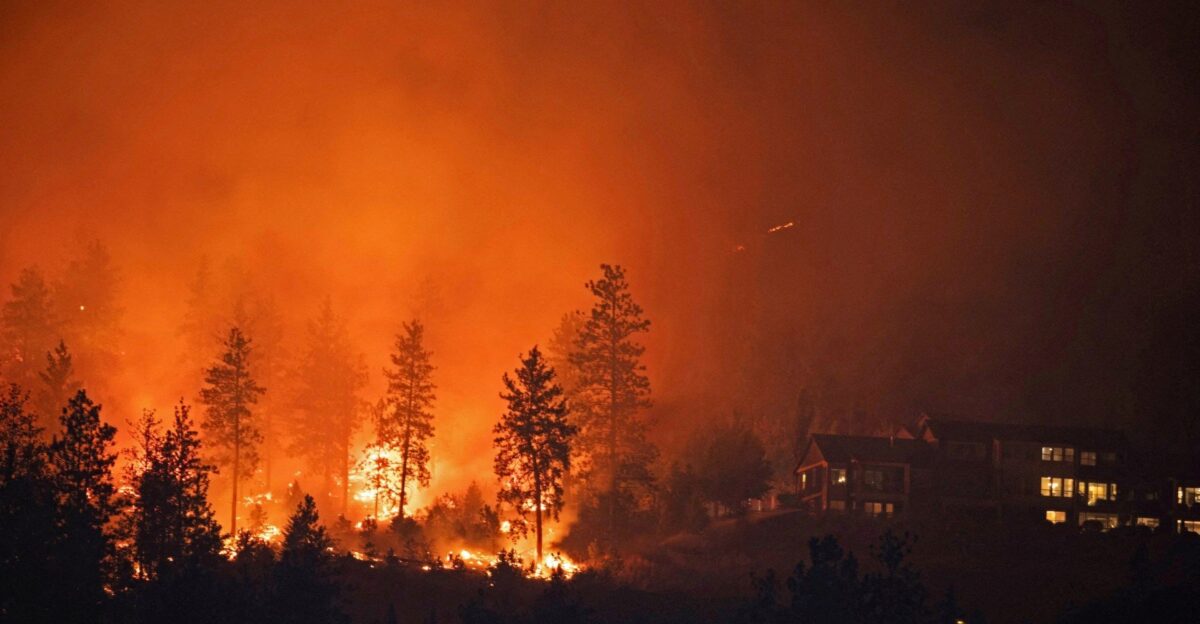
On July 2, 2025, a blaze erupted on the wild terrain around Achlia in eastern Crete, fueled by heavy winds and a scorching heatwave. Spreading at a terrifying speed, the wildfire consumed ancient undergrowth and olive plantations, threatening the very essence of Greece’s tourist economy.
Locals Emerge as First Responders
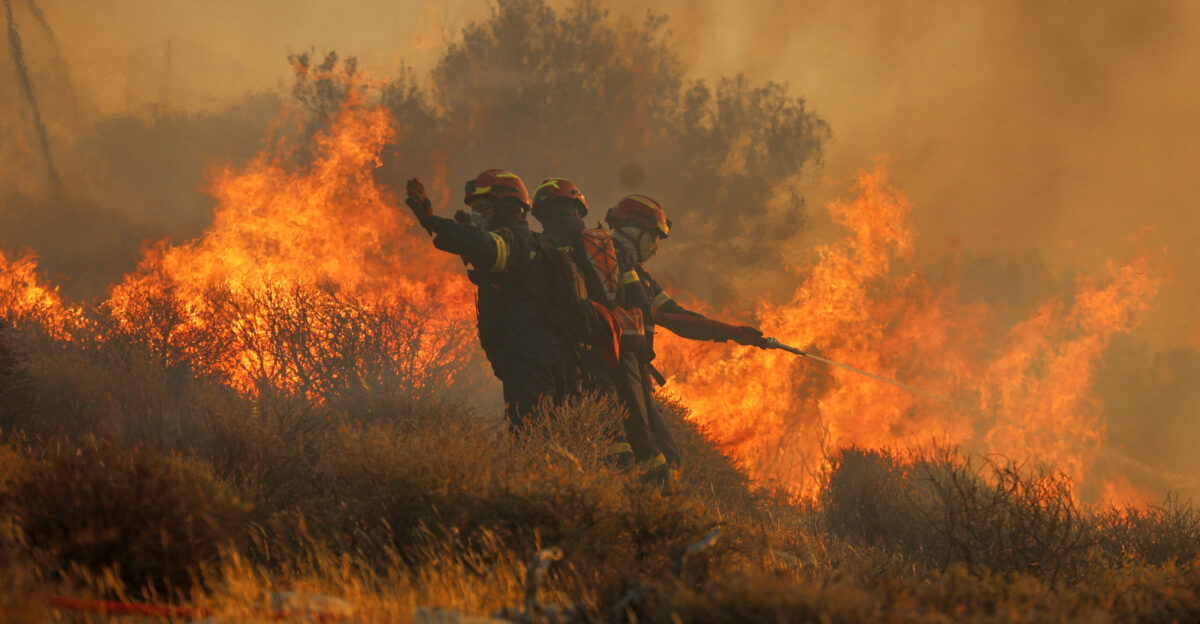
According to eyewitness and media reports, before official emergency response teams arrived, neighbors, hotel staff, and local volunteers formed the first line of defense. Using whatever was on hand, such as hoses, buckets, and raw determination, they fought to save homes and businesses. Their efforts bought priceless time, but the scale of the disaster soon proved overwhelming.
Mass Exodus: The Human Tide
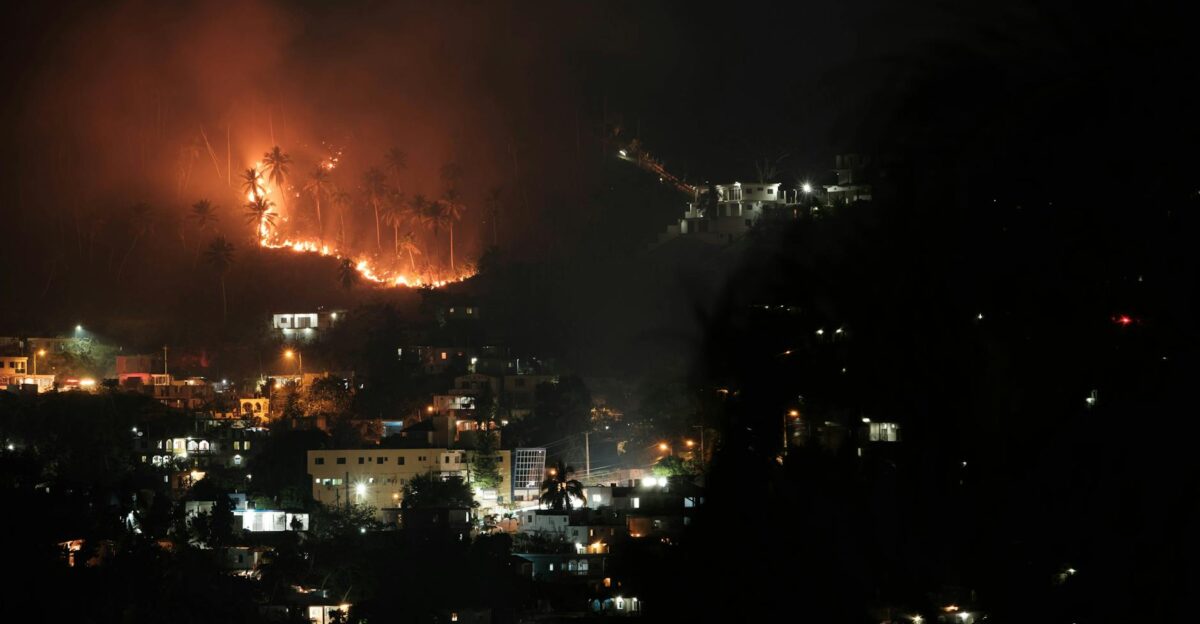
BBC News reported that mass evacuation notices were announced for the Ferma municipality, where more than 5,000 people—largely foreign tourists—fled from the spreading fire. Roads became gridlocked, the power surged, and the air filled with ash and smoke.
Resorts in the Line of Fire

According to Greece’s fire service, the fire split into three active fronts, located in Achlia, Ferma and Skinokapsala. This spread led to the evacuation orders for areas such as Achlia, Agia Fotia, Galini, Ferma, and Koutsounari.
Emergency responders helped to transport evacuees from luxury hotels and family-run guesthouses to impromptu shelters, such as a sports hall, in Ierapetra.
When the World Goes Silent
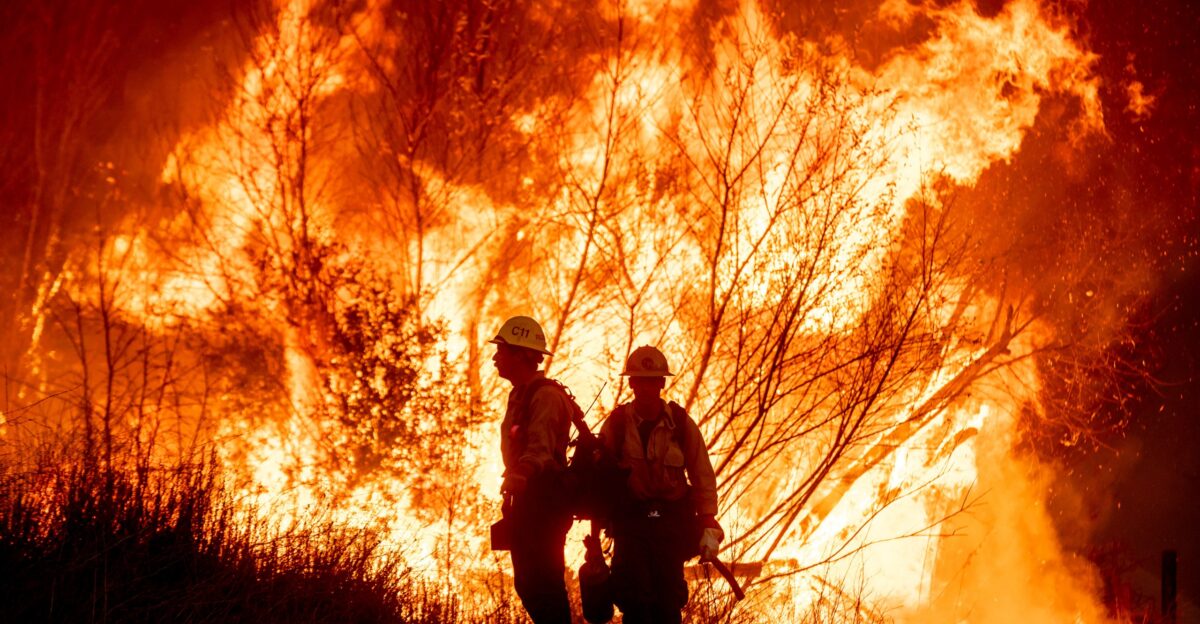
As fire raged through the unique landscape, decimating homes, resorts, agricultural land and businesses, local reports stated that the area was experiencing another problem – a power outage. Tourists and locals turned to social media, sharing their stories in live streams, while also asking for help from the outside world.
Heroes in Uniform: Emergency Services Step Up
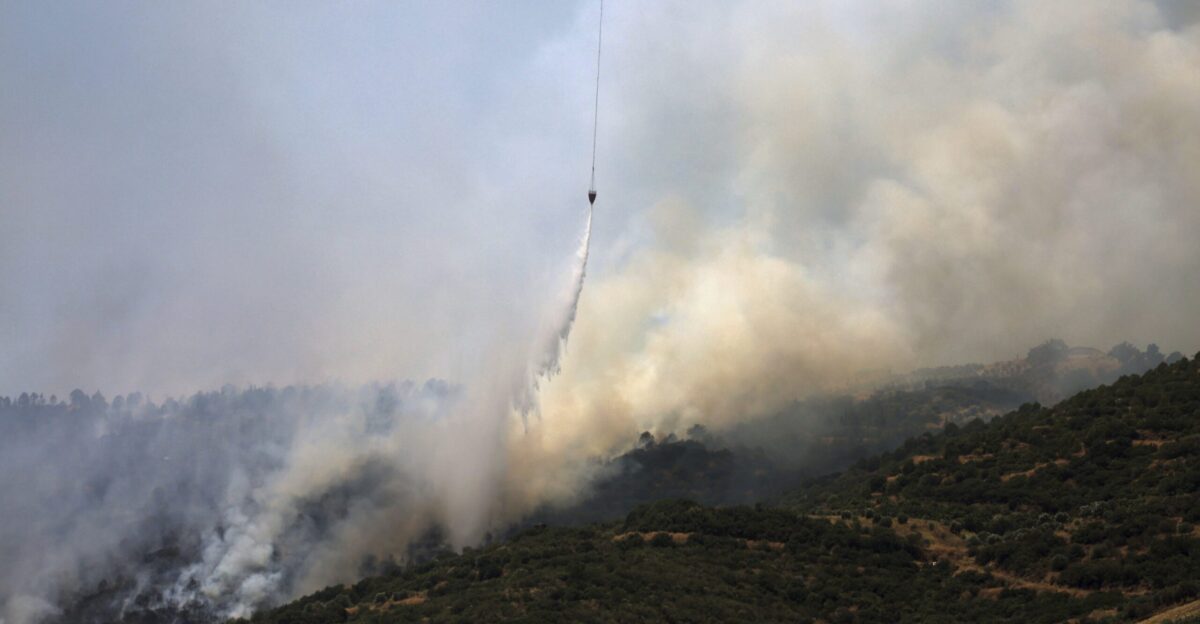
BBC News reported that “a total of 230 firefighters, supported by 13 specialised foot teams, 46 engines, and a drone surveillance unit, had been deployed” to fight the flames on multiple fronts, along with 10 helicopters for support.
Meanwhile, local police and medic units coordinated evacuations, treated smoke inhalation wounds, and kept order amid chaos.
Nature’s Silent Victims
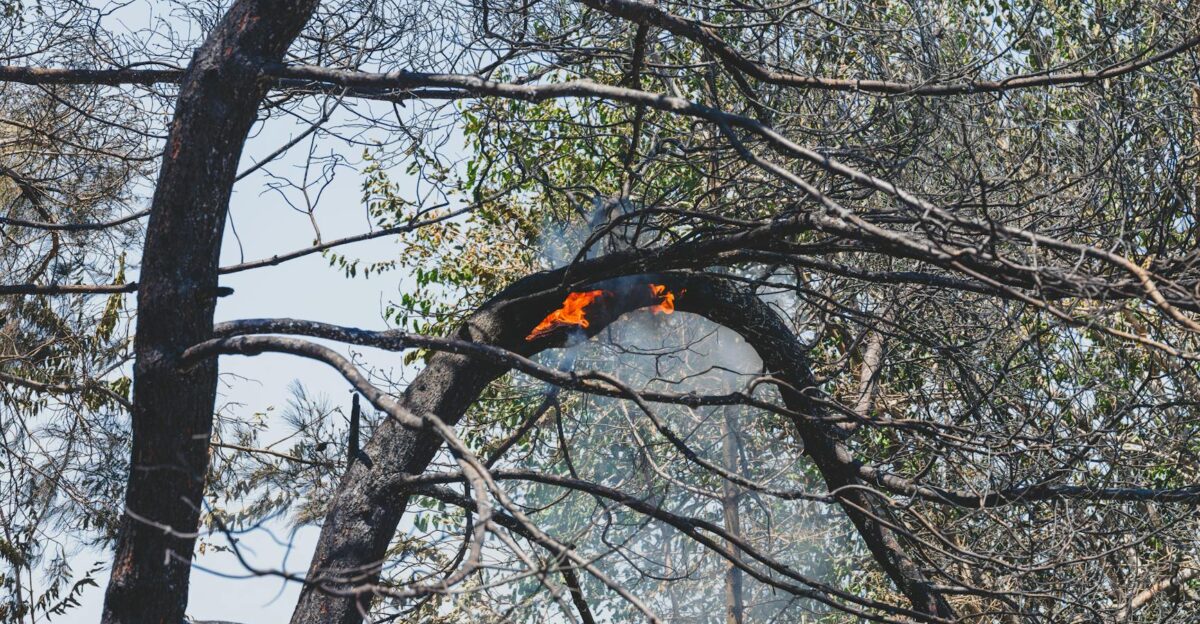
Besides the human toll, the fire consumed wildlife preserves and centuries-old olive groves, as well as endangered species and ancient trees. Once lush and inviting, the landscape was left blackened—immediately raising questions about the long-term environmental cost of consecutive wildfires.
Ecological Tipping Point: Wildfires Reshape Mediterranean Life
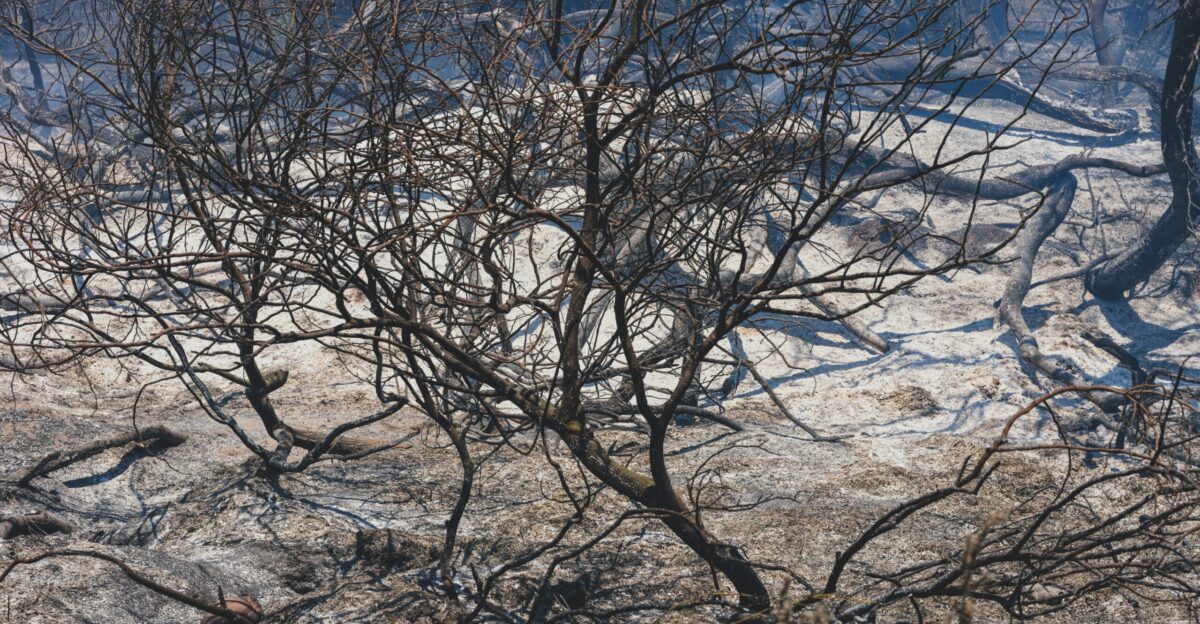
According to a France24 report, repeated wildfires in Crete and the Mediterranean degrade soil, slow vegetation recovery, and drive out rare species. As ecosystems become less resilient, lush forests will likely turn into barren scrub, biodiversity will decline, and carbon will be released—threatening local livelihoods, water cycles, and the region’s overall environmental stability.
Rethinking Safety: New Habits for Travelers
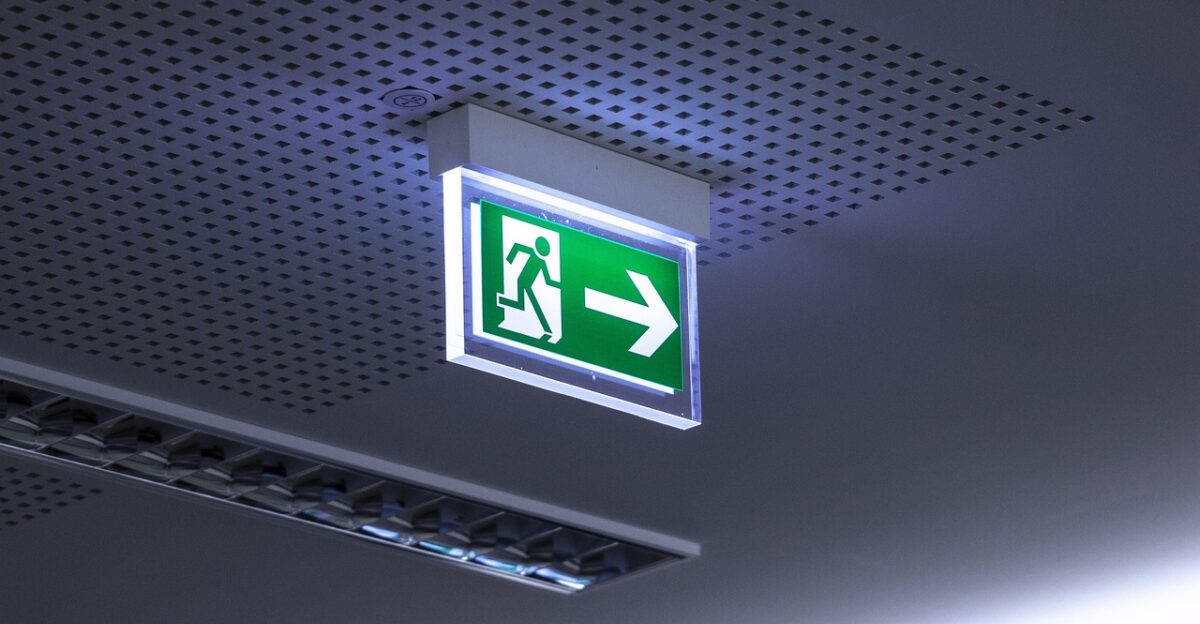
Now, tour operators and hotel chains scrambled to update safety protocols, offering evacuation drills and real-time warnings for tourists. Media reports suggested that some American tourists began seeking alternatives, while others demanded fire preparedness assurances.
What travelers will look for now is the industry response to this tragic wildfire, which has the potential to set new standards for security in global tourism.
Voices from the Front Lines
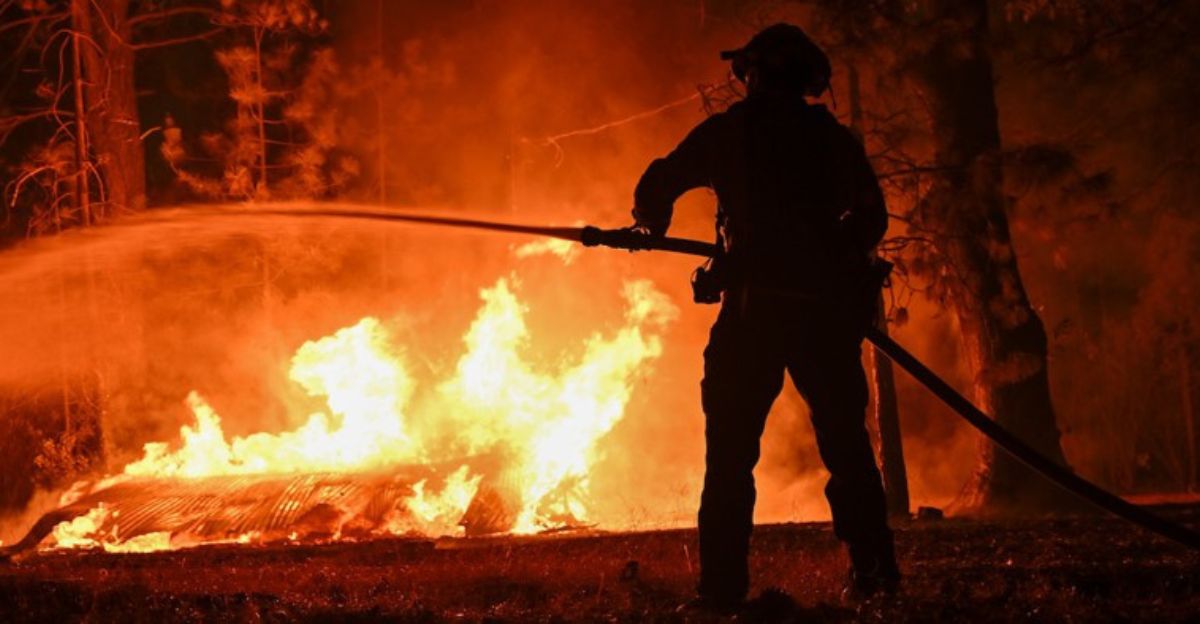
“The worst night of my life,” was how the night of the evacuation was described by one of the managers at a hotel. In media reports, tourists describe having to leave their belongings behind, “We left everything behind—passport, bags, memories,” recalls a tourist from Chicago.
Andreas Fiorentinos, Secretary General of the Greek National Tourism Organization, publicly thanked “the local authorities, hoteliers, and the people of Crete for their solidarity and unwavering support for our guests.”
Lawmakers and the Long Road to Recovery
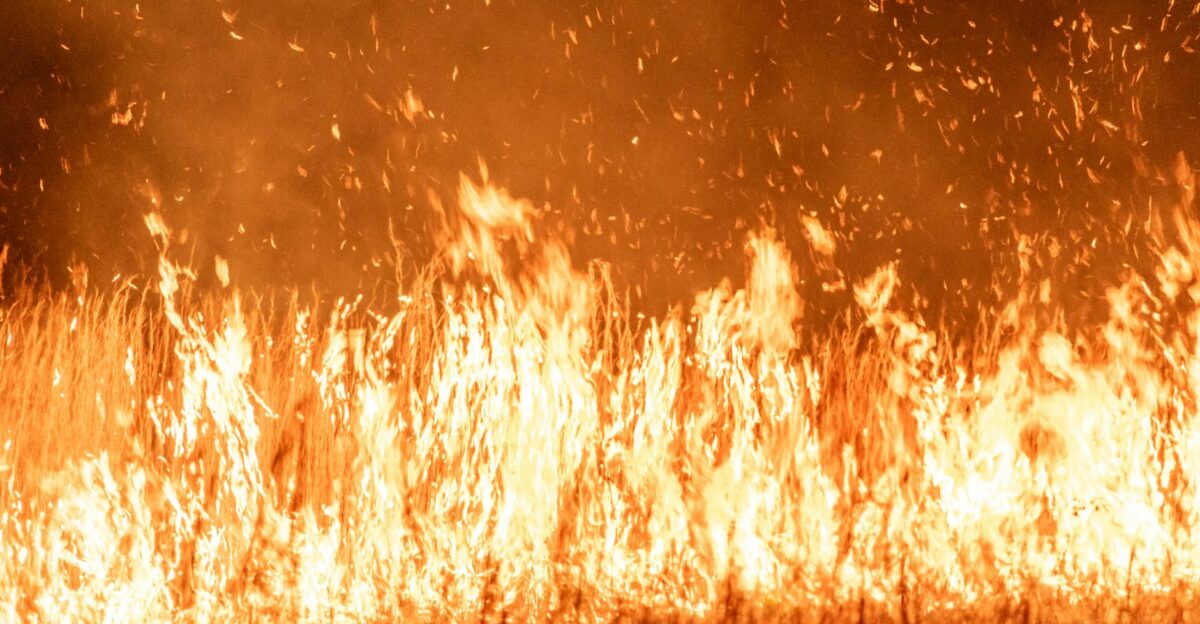
Greek officials, faced with pressure from lobby groups and the tourism sector, need to act quickly to rebuild infrastructure, compensate tourists, and invest in fire prevention protocols. Further, many now argue over land management, climate adaptation, and international cooperation in protecting vulnerable areas.
Tourism’s Shaky Future
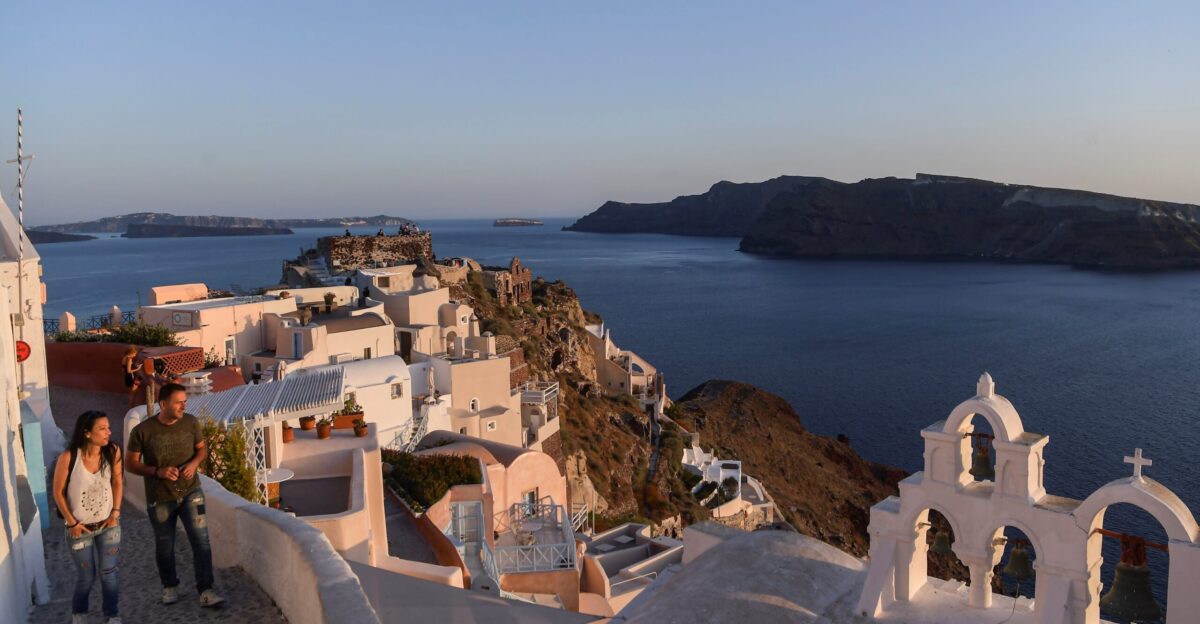
Tourism, the economic lifeblood of Crete and much of Greece, has been driven to its knees. Revenue losses are estimated in the millions, with spillover impacts on local economies, migrant workers, and the country’s economy. Consequently, fear may redefine travel patterns in the coming decades.
Lessons for the Global Traveler

For American, and global, travelers, the Crete fire is an eye-opener. Emergency preparedness, travel insurance, and climatic consciousness are no longer optional. The new reality is that paradise isn’t immune to disaster. Now, travelers must adapt along with the vacation destinations that welcome them.
Aftermath on Crete: Fire Contained, Scars Remain
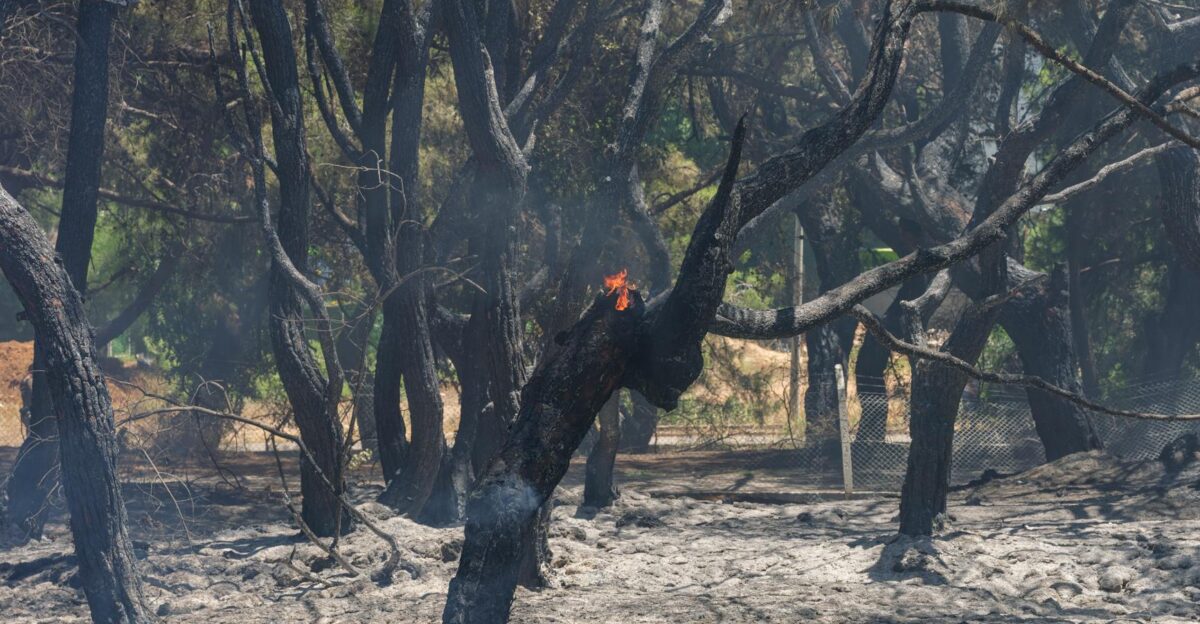
By July 12, 2025, the wildfire on Crete was largely contained, but not before ravaging over 3,700 acres, damaging homes, greenhouses, olive groves and tourist resorts. With the thousands that had been evacuated, there were no reported fatalities, but the region now faces a long recovery as authorities assess losses and brace for future flare-ups.
The Ripple Effect: What This Means for All of Us
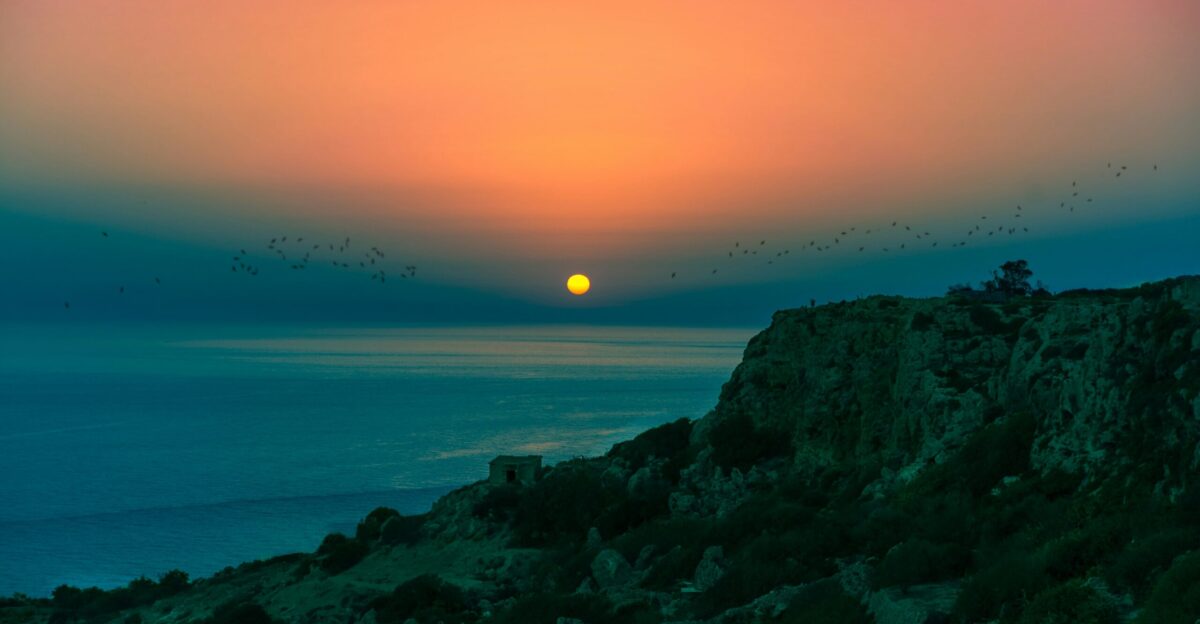
This blaze wasn’t just a local disaster—it was a wake-up call to a changing world. As the global risk increases, the borders between “safe” and “unsafe” destinations grow increasingly faint. Our choices, as travelers and global citizens, will dictate not just our holidays, but the fate of the destinations we love.

